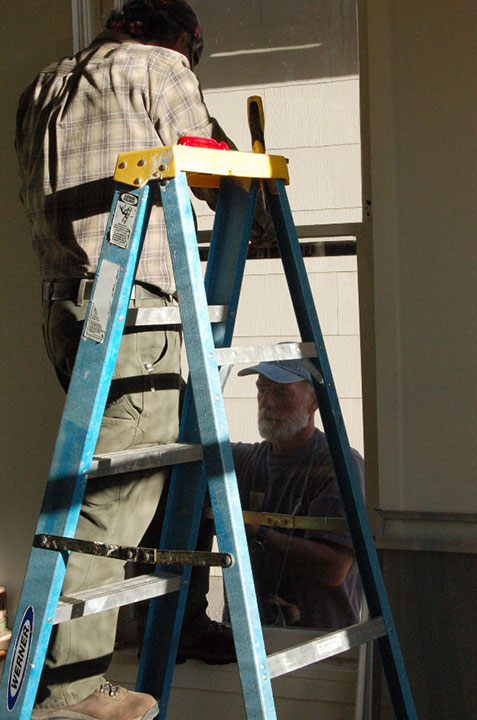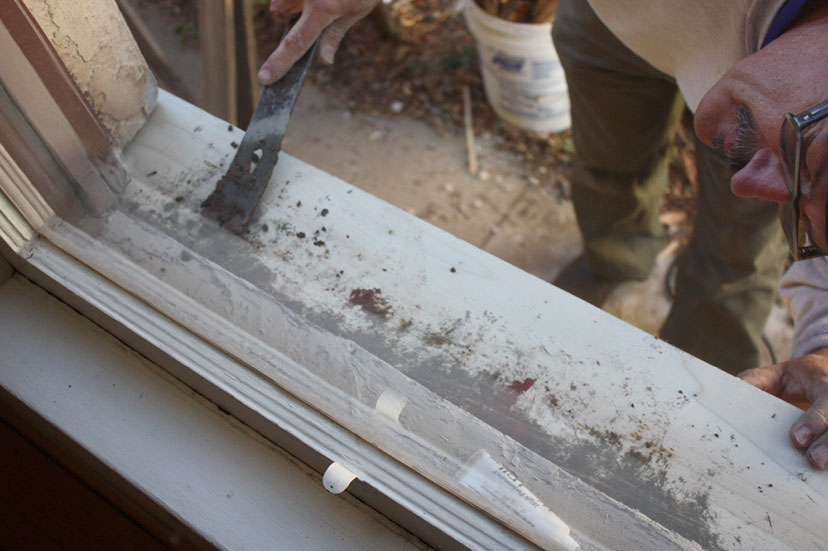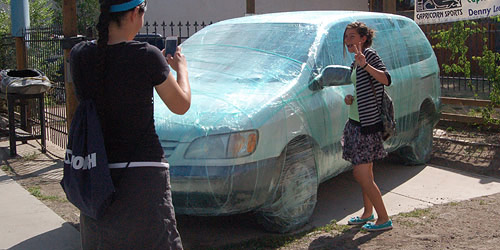The Politics of Windows
“The greenest building is the one already built…”
— Carl Elefante
I can’t wait until November 6, Election Day, when hopefully the political propaganda onslaught will cease.
I told myself that I would vote for the candidate that sent me the least amount of USPS spam mail, combined with the least amount of robo land line calls. But I lost count.
I’m registered “Unaffiliated”, and you can bet that I will never donate to either political party, because they spend their dollars annoying voters. What a waste.
On the off chance that some of our readers may have the same disdain for current politics as I do, I thought I would give us all a break and write an Election Eve piece about the Politics of Windows.
Windows don’t lie. How refreshing is that?
“Preservation saves energy by taking advantage of the nonrecoverable energy embodied in an existing building and extending the use of it”
— ASSESSING the ENERGY CONSERVATION BENEFITS of HISTORIC PRESERVATION: Methods and Examples, Advisory Council on Historic Preservation.
I recently purchased a 108-year-old duplex in historic Salida, Colorado. The double-hung windows were original, but were mostly inoperative. My first inclination was to replace the windows, and I went about gathering estimates from local glass and window businesses. After all, I had heard that new low-E double-paned windows were much more energy efficient than original single-paned windows — even with storm windows installed.
But I discovered that window replacement was prohibitively expensive. The inserts would result in less glass area. So I decided to research window restoration, as opposed to window replacement.
I was pretty surprised by what I discovered.
Apparently, many of the replacement windows don’t hold up as advertised. It may be that they are not appropriate for extreme temperature changes (such as mountain climates)… or it may be that they are made of inferior materials… or that they are incorrectly installed.
Wood products from 100 years ago are superior to the lumber available today. And modern windows sometimes make use of technology that seems superior on the surface (vinyl cladding, for example) but which can actually cause a window to rot and fail, due to the physics of atmospheric moisture.
In case any of our Daily Post readers are considering removing their antique windows, here’s a YouTube video that exposes the issues with (and politics of) window replacement.
I continued my research, and found a Vermont study that answered this question:
Assuming your house already has wood windows with storm windows installed, how much would you save each year in heating and cooling costs by replacing your existing window-storm window combination with new low-e double pane thermal windows?
The annual energy savings: $4.45.
It appears that the politics of window replacement is driven largely by the companies that benefit from the window replacement process — the window manufacturing industry, and the local window installers.
Here’s a link to that article.
Here in Salida, I contacted William Boddy of Salida Historic Preservation. He diagnosed my old windows as ‘restorable’, and has been working on them over the past week. He, too, believes that the greenest building is the one already built. Furthermore, Mr. Boddy explained that my wood window frames are made from heartwood — wood that is so much better than any wood you can find today in new windows.
My old windows literally cannot be replaced with “like” windows.
Here are some photos of the restoration process.
I feel good about saving my old windows, with their antique “wavy glass”. It’s history that will remain with this old duplex, instead of being trashed at the landfill.
It’s as green as it gets.







